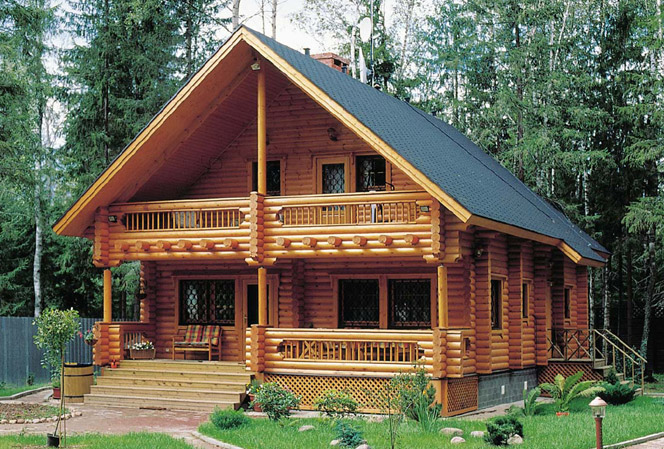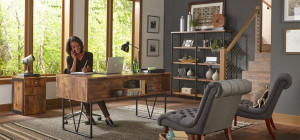 In recent years, log houses have seen a resurgence in popularity, and it’s easy to see why. After all, who wouldn’t want a house that is modern, warm and cozy and yet doesn’t cost the earth? If you are in the market for a new home, then a log house might just be the home of your dreams.
In recent years, log houses have seen a resurgence in popularity, and it’s easy to see why. After all, who wouldn’t want a house that is modern, warm and cozy and yet doesn’t cost the earth? If you are in the market for a new home, then a log house might just be the home of your dreams.
Log houses have come a long way since the small, rustic log cabins of yesteryear. Today’s log houses provide modern conveniences while still retaining some of that charm which in today’s busy, stressful world brings to mind thoughts of a simpler time and simpler, healthier lifestyle when asthma and allergies were rare.
For a large proportion of the world, log houses are the norm, in Scandinavian countries Log houses make up 80-90% of all housing stock while in Norway the use of wood for public buildings such as schools is becoming ever more popular. Across Europe, wooden buildings are gaining a reputation as cost-effective, stable homes that are eco-friendly and a step towards a healthier way of life.
Construction Methods
The preferred construction methods employed in building a log house vary slightly from country to country with the French, Germans and Danes all preferring to build from profiled, machine processed logs and the Norwegians choosing logs that have been hand processed.
Far from being low tech and ‘back to basics’, a log home can be equipped with everything you would expect to find in a conventional brick building. From double or triple glazing to plumbing and electricity, heating, long-lasting roofing and a finish that can be either modern or traditional, as you choose. Log houses also have the benefit of being quicker to build than brick houses, saving money on labor charges during construction.
Why Choose a Log House?
Health Benefits
One of the main reasons that many choose timber for the construction of their homes is that it is a natural material that will not cause any adverse effects to the homeowner’s health. Log houses have been shown to have a particularly positive effect on the lives of those suffering from allergies and asthma. This is due to the fact that static electricity is unable to accumulate in a property made of wood, this, in turn, means that dust within the building does not move in the same way that it would in a brick built property. The movement of dust is known to be a severe aggravating factor in both asthma and allergies so many people find almost instant relief.
It’s not just physical health that can be improved by living in a log house, in fact, studies have shown that log houses can positively impact your mental health too because the natural tones of woods such as spruce and pine can have a calming effect, creating a truly relaxing environment in the home.
Built-in Insulation
Some people fear that a log house may be cold or draughty in the winter. In fact, if the timber has been correctly processed, the logs are an excellent natural insulator. A wall constructed of logs measuring between 20- 26 cm diameter will hold heat in the building as efficiently as a brick wall of over a meter thick. The logs also distribute warmth evenly throughout the property. Log houses tend to be easier to heat, and retain heat better than the brick built homes.
Natural Ventilation
Despite their ability to insulate and retain heat, timber also naturally “breathes” This natural ventilation means that the house maintains a perfect moisture balance without the need for expensive ventilation or air conditioning systems. This eliminates problems caused by the air feeling dry and stuffy and also problems caused by excess moisture such as condensation and damp.
Built to Last
Another primary concern for those unfamiliar with log houses is their longevity, with people often asking how long the house will last, and if it will require a lot of expensive maintenance. Many are surprised to hear that with the correct maintenance, log houses can last for 200 years or more. The maintenance required for log houses is also reasonably simple if the outside walls are repainted or treated at least every two to three years the wood should have a long, trouble-free life.
Of course, as with any other building, it is essential that good quality materials are used to ensure the longevity of the property. But with the right materials and professional, qualified tradesman, a log house can be a thing of beauty and a family home that will last for generations.
Contributed byhttps://www.baufritz.com/







